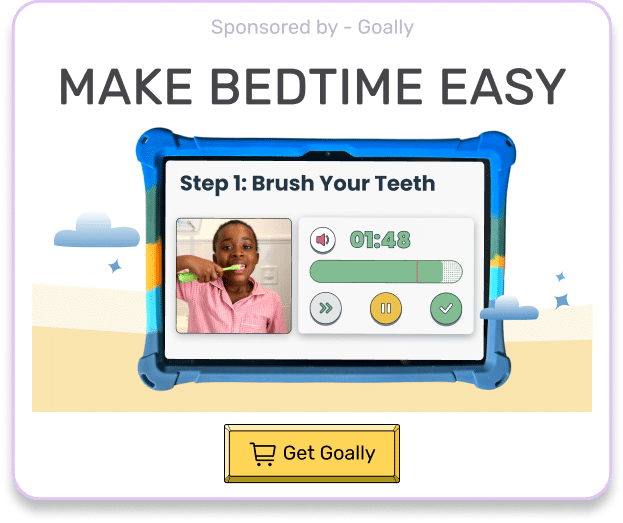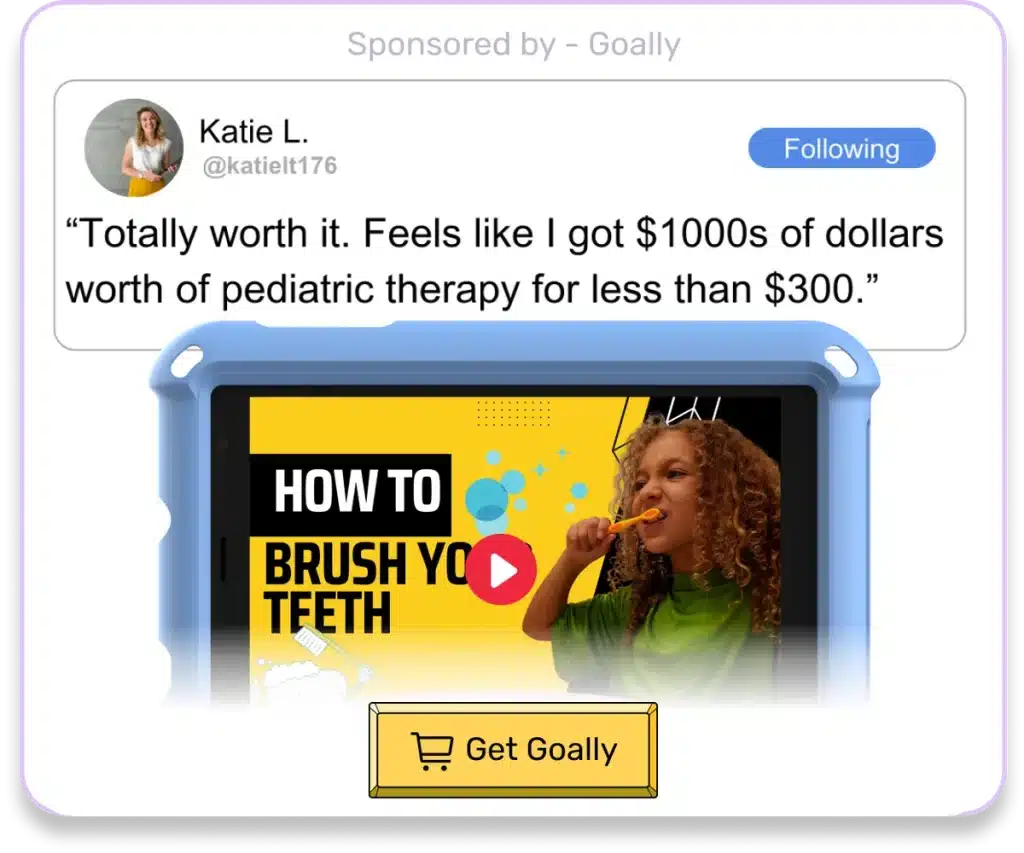Picture a bustling playground, and there’s your child, flitting from one activity to another like a hummingbird. You’ve noticed their short attention span, and you’re seeking effective ways to help them focus. You’ve come to the right place! In this post, we’ll explore the reasons behind short attention spans in kids and, most importantly, share practical strategies to support your neurodivergent child. From daily routines to tech tools, we’ve got you covered.
Table of Contents
Understanding Short Attention Spans
Firstly, it’s essential to recognize that a short attention span can stem from various factors, including ADHD, autism, or other learning differences. Moreover, it’s crucial to remember that each child is unique, and what works for one may not work for another. With that in mind, let’s explore some common reasons behind short attention spans in kids:
- ADHD: Attention Deficit Hyperactivity Disorder is a neurodevelopmental condition characterized by inattention, impulsivity, and hyperactivity. In other words, kids with ADHD may struggle to focus on tasks for extended periods.
- Autism: Autism Spectrum Disorder is a developmental condition that affects communication, social interaction, and behavior. For instance, some autistic kids may have difficulty concentrating on tasks that don’t align with their interests.
- Sensory Processing Issues: Kids with sensory processing challenges may become overwhelmed by their environment, leading to a short attention span.
Read More: What is Touch of the 'Tism?

Strategies to Support Kids with Short Attention Spans
Now that we’ve identified some possible causes let’s dive into actionable strategies to help your child improve their focus:
1. Establish Routines
Consistent daily routines provide structure and predictability, making it easier for kids to focus. For example, designate specific times for homework, play, and bedtime. In addition, try to maintain a consistent morning routine to start the day off on the right foot.
- Wake up at the same time each day
- Eat a balanced breakfast
- Engage in a calming activity, such as reading or stretching
2. Break Tasks into Smaller Chunks
Large tasks can be daunting for kids with short attention spans. Instead, break tasks into smaller, manageable steps, and celebrate each accomplishment. For instance, if your child needs to clean their room, create a checklist with specific tasks like picking up toys, putting away clothes, and wiping surfaces.
3. Use Visual Aids
Visual aids, such as charts and schedules, can help kids stay on track and understand what’s expected of them. Consider creating a visual schedule for daily routines or using a chore chart to keep track of responsibilities.
- Daily routine schedule
- Chore chart
- Homework planner

4. Minimize Distractions
Create a calm, clutter-free environment for your child to work and play in. This might mean turning off the TV, reducing background noise, or providing noise-canceling headphones. Additionally, designate a specific workspace for homework and other focused activities.
5. Encourage Movement Breaks
Regular movement breaks can help kids recharge and refocus. Incorporate activities like stretching, jumping jacks, or a quick walk around the block. You can also use a timer to signal when it’s time for a break and when it’s time to return to the task at hand.
Read More: Focus Exercises for Kids
6. Foster Interest-Based Learning
Kids are more likely to focus on tasks they find engaging. Identify your child’s interests and incorporate them into learning activities whenever possible. For example, if your child loves dinosaurs, use dinosaur-themed worksheets or stories to practice reading and math skills.
7. Offer Positive Reinforcement
Praise your child’s efforts and accomplishments, no matter how small. This will boost their confidence and motivation to keep trying. Consider using a reward system, such as earning stickers or tokens for completed tasks, which can be exchanged for a special treat or activity.
Tech Tools to Support Focus
In today’s digital age, technology can be a valuable ally in helping kids with short attention spans. Here are some tech tools to consider:
- Goally: Goally is a learning tablet designed specifically for neurodivergent kids. It offers customizable routines, visual schedules, and rewards to help kids stay on track and focused.
- Focus@Will: This app provides background music designed to improve concentration and productivity.
- Time Timer: This visual timer helps kids understand the concept of time and encourages them to stay focused on tasks.
- Forest: This app gamifies focus by allowing kids to grow virtual trees as they concentrate on tasks. The more they focus, the more their forest grows.
Goally | Skills Training Videos for Kids
Does your child need some extra guidance on building essential life skills? Goally’s TV app for kids has the most robust video library of skills training videos for kids. Ranging from content like “How to Brush Your Teeth” to “How to Make Friends at School,” we have dozens of interactive video lessons for kids with thinking and learning differences.
Dive into the Goal Mine channel, where Puffy the Penguin leads your child through behavior skills training videos. They’ll learn social, hygiene, and living skills that are key to their independence. For those moments when they need a break, the Chill Zone channel offers low stimulation video content with Paulie the Penguin at the beach, perfect for relaxation and self-regulation.
In short, supporting a child with a short attention span may require patience and creativity. However, by understanding the underlying causes, implementing practical strategies, and utilizing tech tools like Goally, you can help your neurodivergent child thrive. Remember, every child is unique, and it’s essential to find the approach that works best for them. With persistence and encouragement, you’ll see progress and growth in your child’s ability to focus.
FAQs About Short Attention Span
What are the signs of a short attention span in kids? Signs include difficulty focusing on one task, being easily distracted, forgetfulness, and frequently moving on to the next activity before finishing the current one.
How can visual schedules help kids with short attention spans? Visual schedules provide clear visual cues that guide children through their tasks, improving focus, understanding, and task completion.
Are there specific apps to help children regulate their emotions? Yes, apps like Breathe, Think, Do with Sesame, and Goally's Mood Tuner are designed to help children understand and manage their emotions effectively.
How can rewards benefit children with a short attention span? Rewards can motivate children to concentrate and complete tasks, making learning more enjoyable and rewarding.
Can certain activities improve a child's attention span? Yes, activities such as mindfulness exercises, reading, puzzle-solving, and structured play can enhance a child's attention span over time.
This post was originally published on 05/18/2023. It was updated on 07/02/2023.

Goally
We help parents teach their kids life skills, like doing bedtime and morning independently. Backed by science, we incorporate evidence-based practices and expert-informed designs in all of our apps and content.







